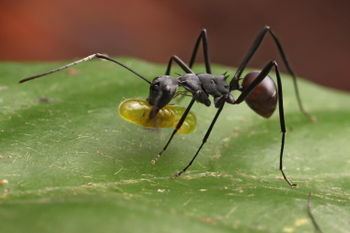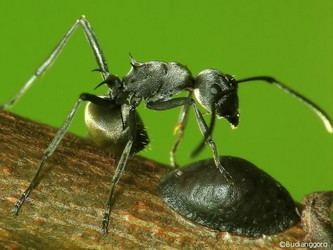Scientific name Polyrhachis Rank Genus | Family Formicidae Higher classification Camponotini | |
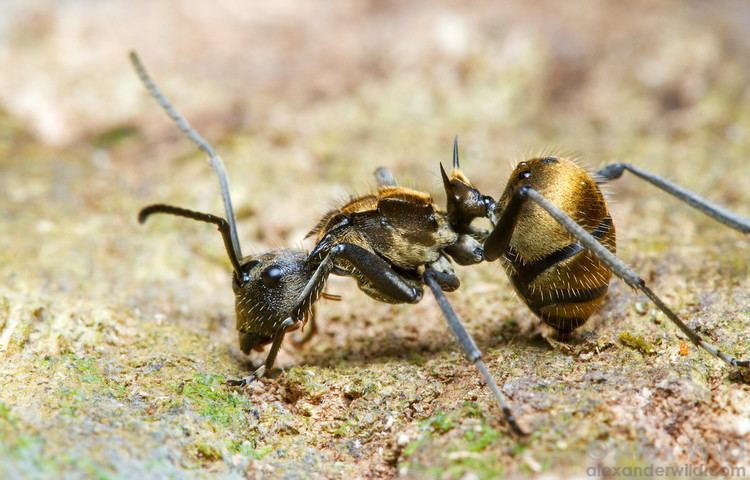 | ||
Lower classifications Polyrhachis sokolova, Polyrhachis lacteipennis | ||
Polyrhachis dives
Polyrhachis is a genus of formicine ants found in the Old World with a large number of species (over 600). The genus is yet to be comprehensively resolved and contains many varied species including nest weavers (e.g. Polyrhachis dives), swimming workers (e.g. Polyrhachis sokolova), soil (e.g. Polyrhachis proxima) and tree dwellers (e.g. Polyrhachis bicolor).
Contents
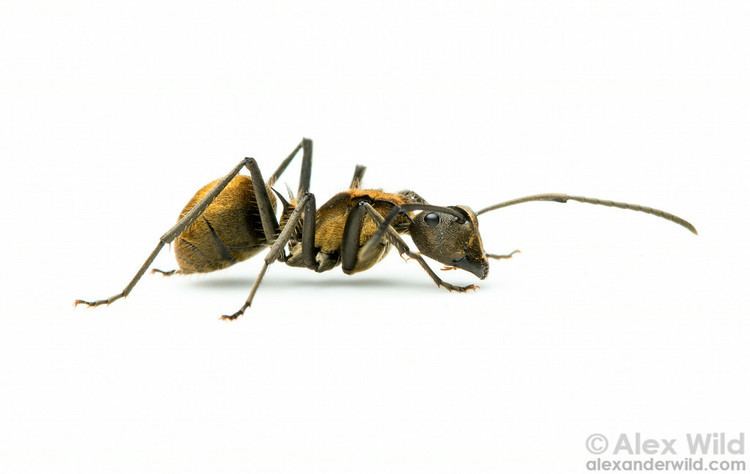
Polyrhachis ammon
General morphology
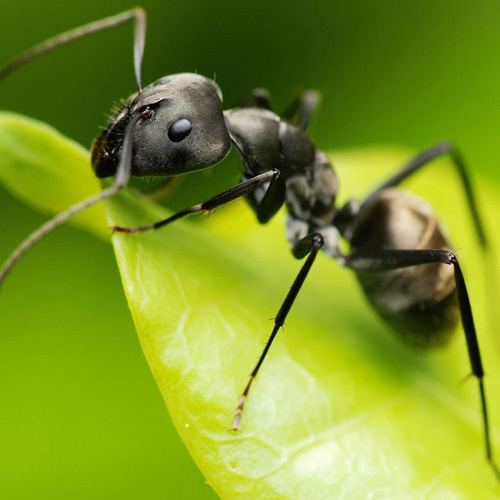
Size: Workers range in size approx 5-10mm in length. Eyes developed, no ocelli. Antennae have 12-segments. Antennal insertions situated far from posterior margin of clypeus. Mesosoma of most species have spines on one or more of its pronotal, mesonotal or propodeal components. Petiole armed with spines or teeth. First gastral tergite well developed, longer in dorsal view than exposed parts of the following terga together. Opening at gastral apex for release of venom lacking a radial fringe of hairs.
Ecology
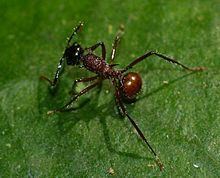
Polyrhachis species include an array of nesting types ranging from terrestrial, soil based nests to arboreal nests. As a result the nest architectures also vary with some species displaying a high level of complexity to next building, utilising larval silk to weave nest materials together. Such nest weaving is more commonly associated (and indeed more complex) in ants of the genus Oecophylla.
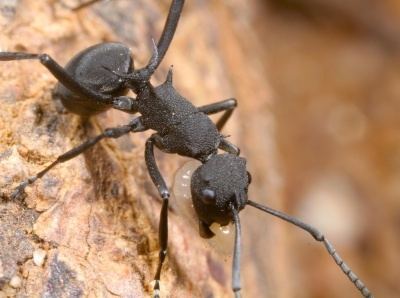
Polyrhachis do not have a sting but with an acidipore can spray formic acid. When attacking, this is often sprayed in combination with biting thus making the acid more effective against the subject of the attack. Polyrhachis that do not possess a metapleural gland seem to utilise the antibiotic properties of their formic acid and when it cannot be used, ants are more likely to succumb to parasite infection
Selected Species
